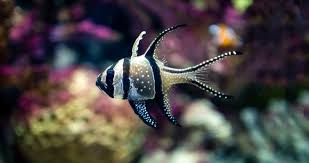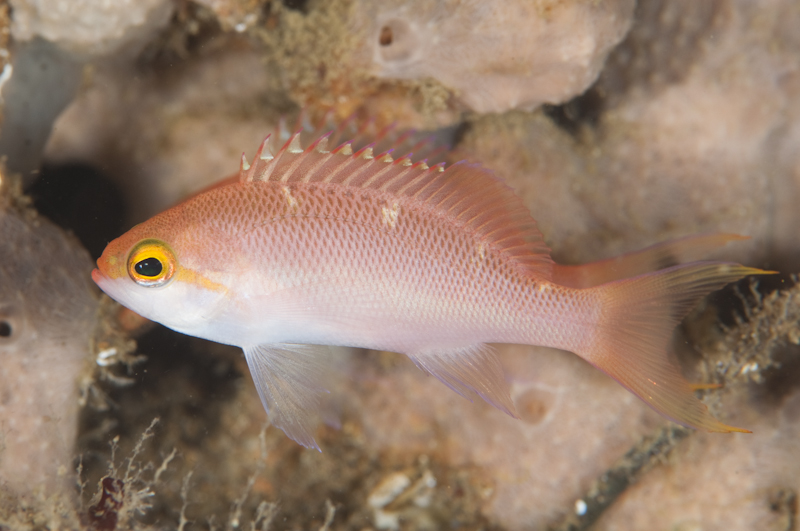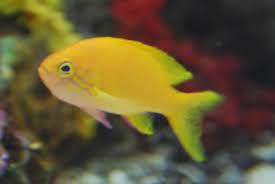Categories
- Quarantined Fish-> (2)
- Fish in Quarantine-> (9)
- Non-Quarantined Fish-> (120)
- |_ Angelfish (15)
- |_ Anthias (9)
- |_ Basslets (5)
- |_ Blennies (7)
- |_ Butterflies (7)
- |_ Cardinalfish (4)
- |_ Chromis (5)
- |_ Clownfish (14)
- |_ Damsels (11)
- |_ Gobies (10)
- |_ Hawkfish (4)
- |_ Scorpionfish (1)
- |_ Tangs (13)
- |_ Tilefish
- |_ Wrasses - FOWLR (2)
- |_ Wrasses - Reef Safe (13)
- Non-Quarantined Inverts-> (27)
- Live Food (1)
- Frozen Foods (1)
- Stickers (1)
- New Products ...
- All Products ...
Who's Online
There currently is 1 guest online.
Sponsors
Your IP Address is: 18.116.118.198
Copyright © 2024 Southern California Reefer Shop. Powered by Zen Cart






